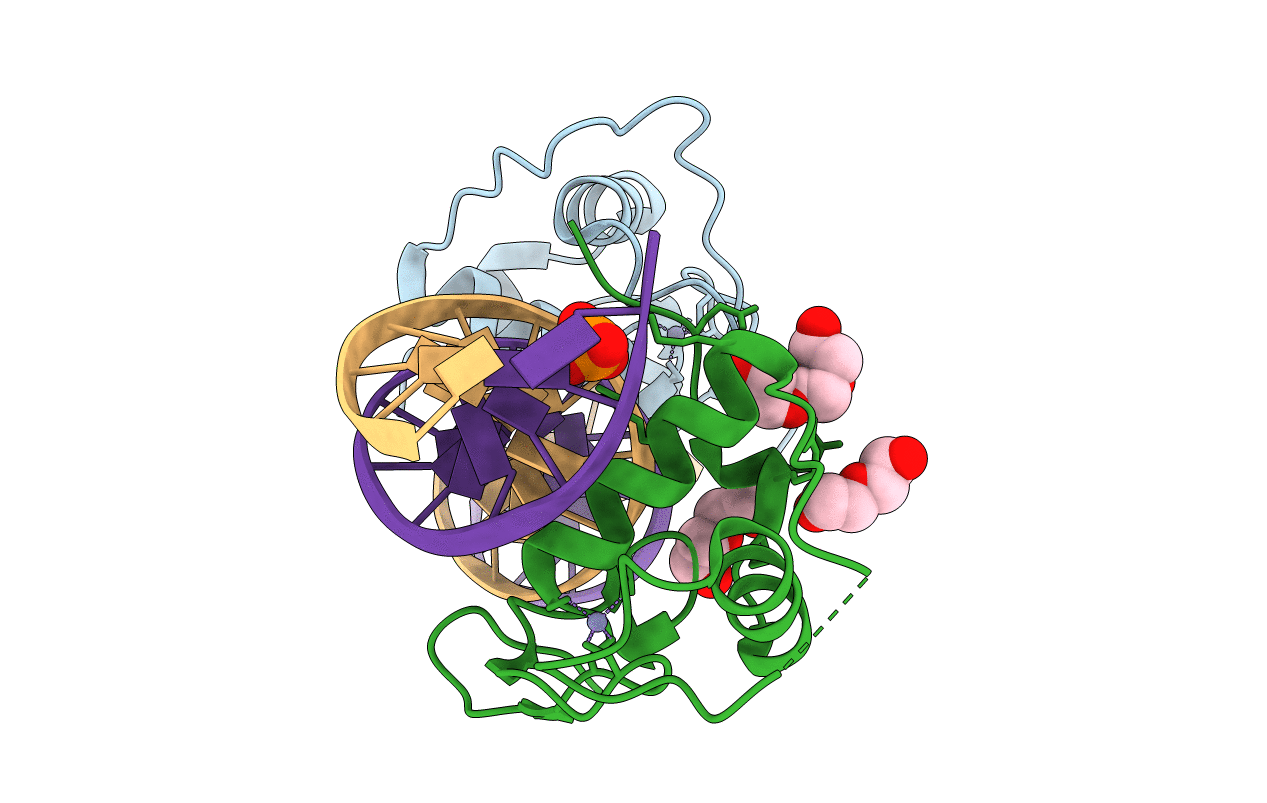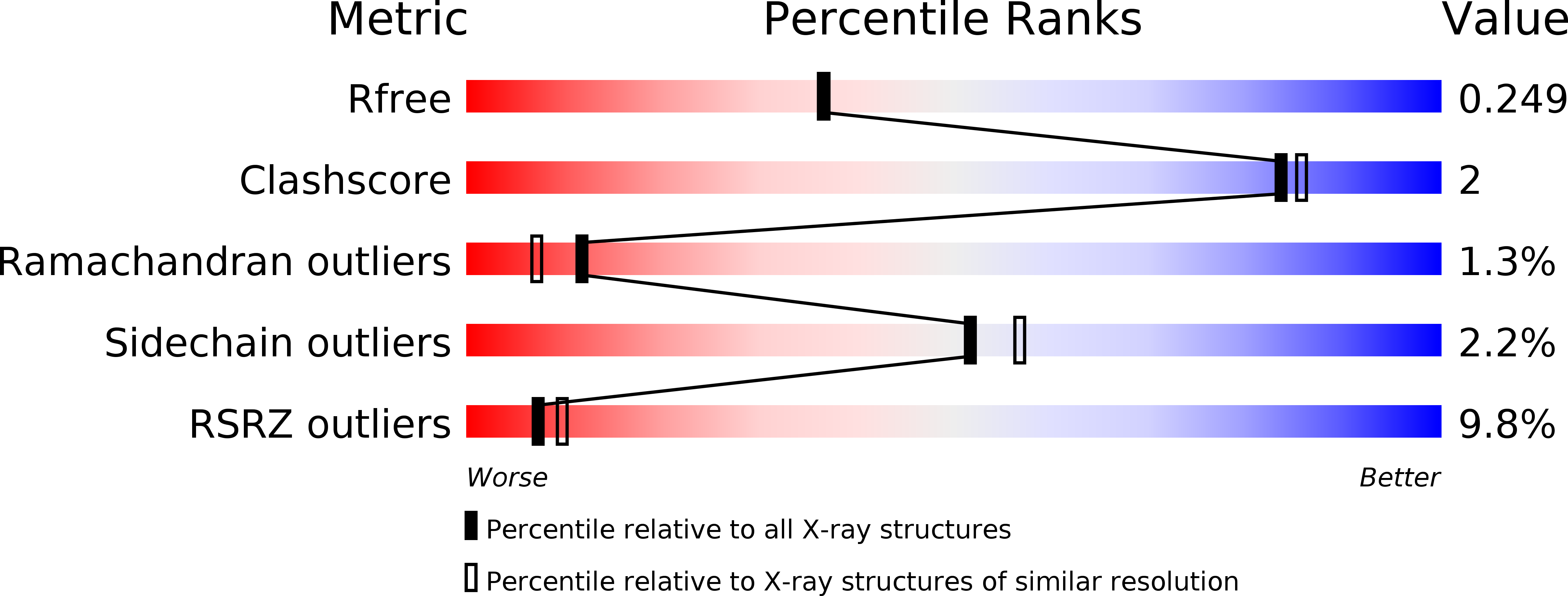
Deposition Date
2017-12-19
Release Date
2018-12-05
Last Version Date
2024-11-13
Entry Detail
PDB ID:
6FBR
Keywords:
Title:
Crystal Structure of the Human Retinoid X Receptor DNA-Binding Domain Bound to the Human MEp DR1 Response Element, pH 4.2
Biological Source:
Source Organism:
Homo sapiens (Taxon ID: 9606)
Host Organism:
Method Details:
Experimental Method:
Resolution:
2.10 Å
R-Value Free:
0.23
R-Value Work:
0.17
R-Value Observed:
0.18
Space Group:
P 31 2 1


